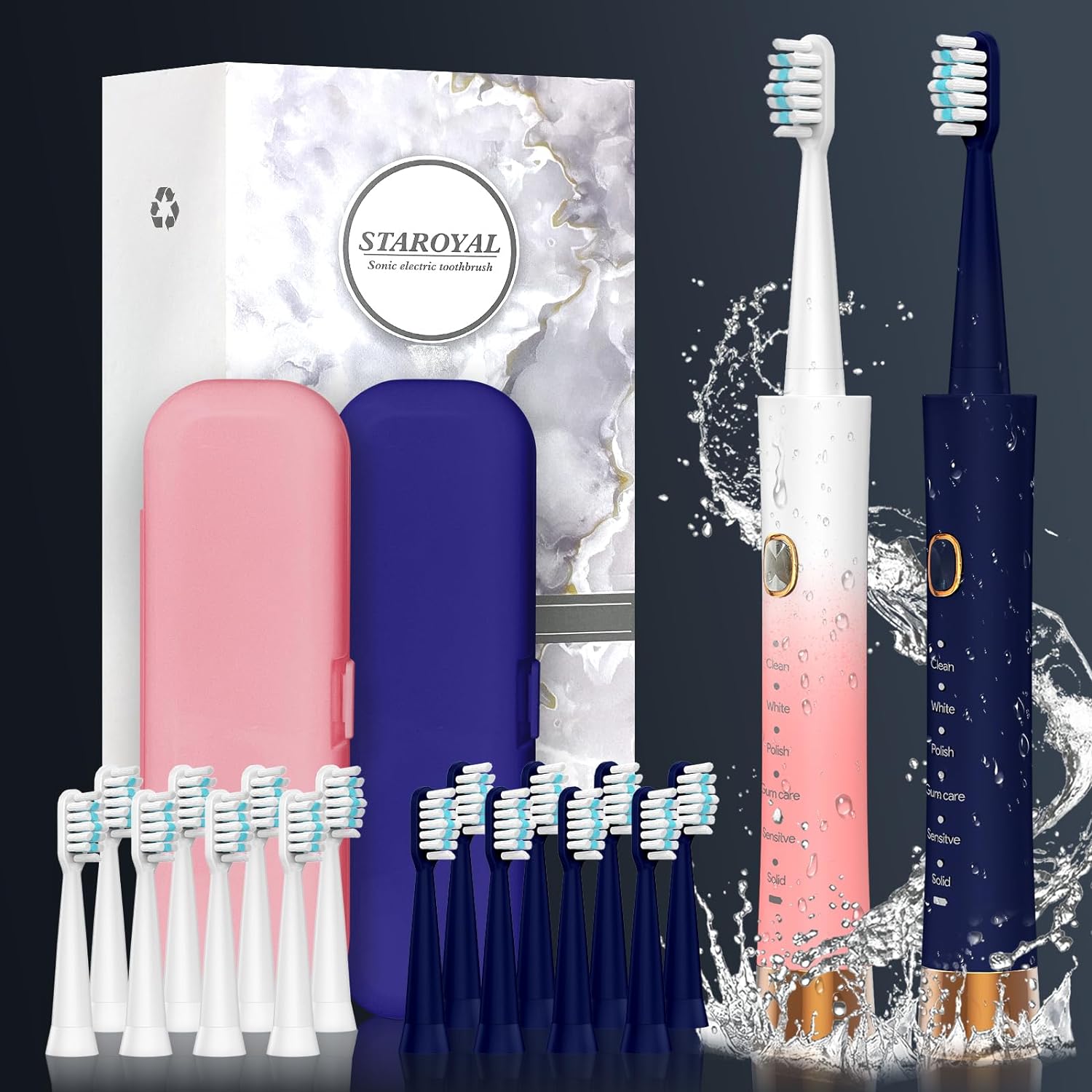
Do I need a different type of toothpaste for my electric toothbrush?
Introduction
Using the proper toothpaste with your electric toothbrush is essential for maintaining optimal oral health. While the type of toothpaste you use may not necessarily need to be different for an electric toothbrush, there are considerations to keep in mind. In this article, we will explore the factors to consider when choosing toothpaste for your electric toothbrush, including abrasive levels, fluoride content, special formulations, and personal preferences.
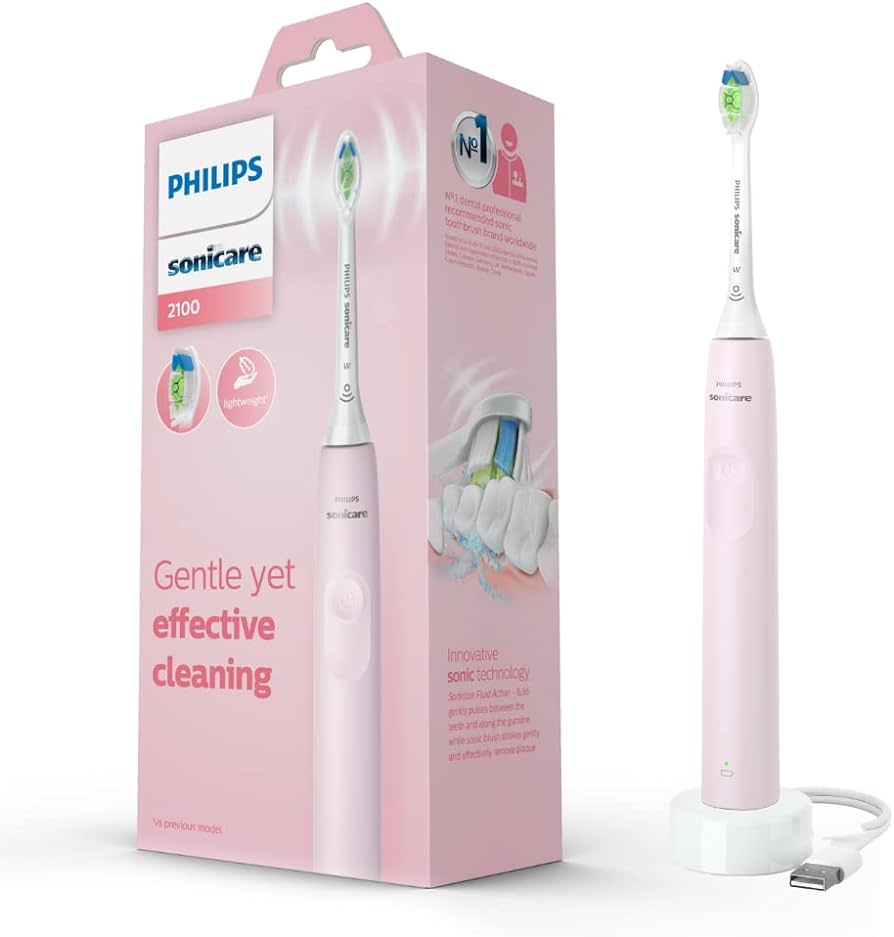
Do I need a different type of toothpaste for my electric toothbrush?
Abrasive levels
Toothpaste comes in different levels of abrasiveness, which can affect the wear and tear on your toothbrush bristles. Consider the following factors:
FDA-approved levels: The U.S. Food and Drug Administration (FDA) categorizes toothpaste into different levels of abrasiveness using a standardized scale called the Relative Dentin Abrasivity (RDA). Dentin is the layer of your tooth under the enamel, and high abrasiveness can lead to enamel wear and tooth sensitivity.
Compatibility with brush heads: Electric toothbrushes typically use brush heads with soft or extra-soft bristles. It is generally advisable to choose toothpaste with a lower RDA value to minimize any potential damage to the bristles.
Fluoride content
Fluoride is an important ingredient in toothpaste that helps strengthen tooth enamel and prevent tooth decay. Consider the following factors:
ADA seal of acceptance: Look for toothpaste that carries the American Dental Association (ADA) seal of acceptance. This seal ensures that the toothpaste contains the appropriate amount of fluoride to effectively prevent cavities.
Fluoride concentration: The concentration of fluoride in toothpaste can vary. Most toothpaste brands offer options with fluoride concentrations suitable for adults and children. When selecting toothpaste for children, make sure it is specifically formulated for their age group to ensure appropriate fluoride content.
Recommendations from dental professional: Consult with your dental professional to determine the ideal fluoride concentration for your specific oral health needs. They can provide guidance based on factors such as age, dental history, and risk of tooth decay.

Special formulations
Toothpaste formulations can cater to specific oral health concerns and preferences. Consider the following factors:
Tartar control: If you are prone to tartar buildup, consider toothpaste formulated with tartar control ingredients. These can help prevent the formation of tartar and reduce the need for professional cleanings.
Sensitivity relief: Individuals with tooth sensitivity can benefit from toothpaste specifically formulated to alleviate discomfort. These toothpastes often contain desensitizing agents that help block pain signals and reduce sensitivity.
Whitening toothpaste: Whitening toothpastes can help remove surface stains and brighten your smile. However, be aware that some whitening toothpastes may have higher abrasiveness levels, which may not be suitable for prolonged use with an electric toothbrush. Consult your dental professional for guidance on using whitening toothpaste with your electric toothbrush.
Personal preferences
Beyond the essential considerations, personal preferences can play a role in toothpaste selection. Consider the following factors:
Flavor and texture: Toothpaste comes in a variety of flavors and textures. Choose a toothpaste with a flavor and texture that you enjoy, as this can encourage consistent brushing and make the experience more enjoyable.
Foaming vs. non-foaming: Some people prefer toothpaste that produces a lot of foam during brushing, while others prefer non-foaming options. This is purely a personal preference and does not affect the effectiveness of your electric toothbrush.
Allergies or sensitivities: If you have allergies or sensitivities to certain ingredients, make sure to read the toothpaste label carefully. Avoid any toothpaste components to which you may have an adverse reaction.
Consultation with dental professional: If you have specific oral health concerns or preferences, consult with your dental professional. They can provide personalized recommendations based on your dental history, needs, and preferences.

Tips for using toothpaste with an electric toothbrush
Optimizing your use of toothpaste with an electric toothbrush involves incorporating proper techniques and following essential guidelines. Consider the following tips:
Dispense the right amount: Use a pea-sized amount of toothpaste for children and a slightly larger amount for adults. Applying too much toothpaste can lead to excessive foaming and may reduce the effectiveness of the electric toothbrush’s cleaning action.
Apply toothpaste before turning on the toothbrush: Before turning on your electric toothbrush, apply the toothpaste directly to the brush head. This helps prevent splattering or wastage of toothpaste.
Activate the electric toothbrush: Once the toothpaste is applied, activate the electric toothbrush according to the manufacturer’s instructions. Some toothbrushes start automatically upon pressing the power button, while others may require a separate on/off switch for the vibrations.
Hold the toothbrush at a slight angle: Position the toothbrush at a 45-degree angle against your teeth and gums. This allows for optimal cleaning along the gumline while effectively reaching all tooth surfaces.

Activate the vibrations: Once the toothbrush is correctly positioned, activate the vibrations or rotating action of the electric toothbrush. The vibrations, coupled with the toothpaste, help dislodge plaque and debris from the teeth.
Move the brush head in gentle circular motions: Move the brush head in small, circular motions, ensuring that all tooth surfaces are covered. Focus on spending sufficient time on each tooth and pay particular attention to the gumline where plaque tends to accumulate.
Avoid excessive pressure: Do not apply excessive pressure while brushing, as this can lead to gum irritation and enamel erosion. Let the vibrations and bristles of the electric toothbrush do the cleaning work for you.
Brush for the recommended duration: Aim to brush for the recommended two minutes, or as advised by your dental professional. Electric toothbrushes with built-in timers can help you track the duration. Divide your mouth into quadrants and spend approximately 30 seconds on each section for thorough cleaning.
Spit out, but don’t rinse immediately: After brushing, spit out the excess toothpaste. Avoid rinsing immediately with water as this allows the fluoride in the toothpaste to remain on the teeth, providing better protection against cavities. You can rinse your mouth with water after waiting for a short period if desired.
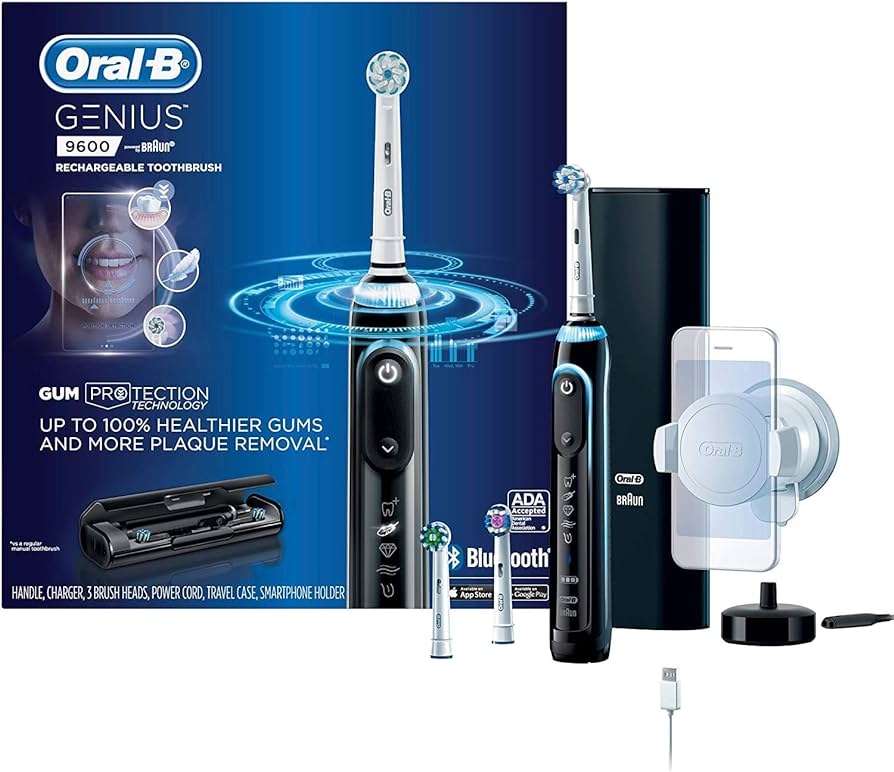
Conclusion
Using the proper toothpaste with your electric toothbrush is essential for maintaining optimal oral health. While you may not necessarily need a different type of toothpaste for your electric toothbrush, there are factors to consider. Choose toothpaste with lower abrasiveness to minimize wear on your brush head bristles. Look for toothpaste with an appropriate fluoride concentration and the ADA seal of acceptance to ensure effective cavity prevention. Consider special formulations based on your specific oral health needs, such as tartar control or sensitivity relief. Ultimately, selecting the right toothpaste for your electric toothbrush is a matter of personal preference. Choose a flavor and texture that you enjoy, and be mindful of any allergies or sensitivities. Consult with your dental professional for personalized guidance and recommendations. By using the proper toothpaste in conjunction with your electric toothbrush, you can maintain optimal oral health and achieve a clean and healthy smile.




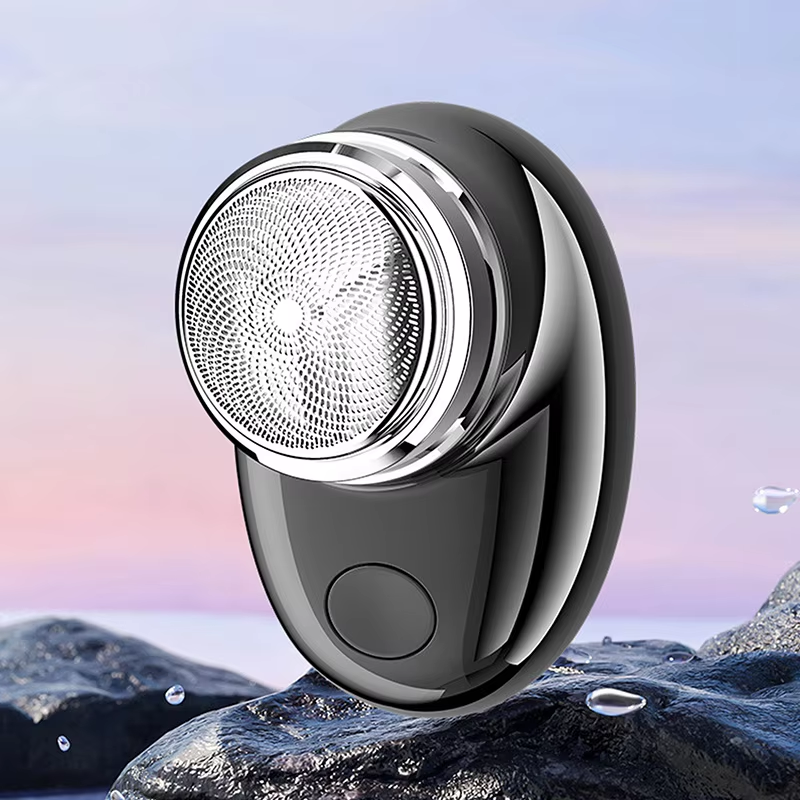
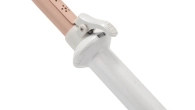
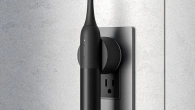

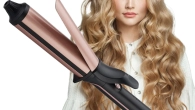
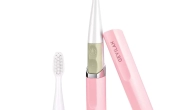
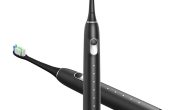

Leave a Reply
You must be logged in to post a comment.